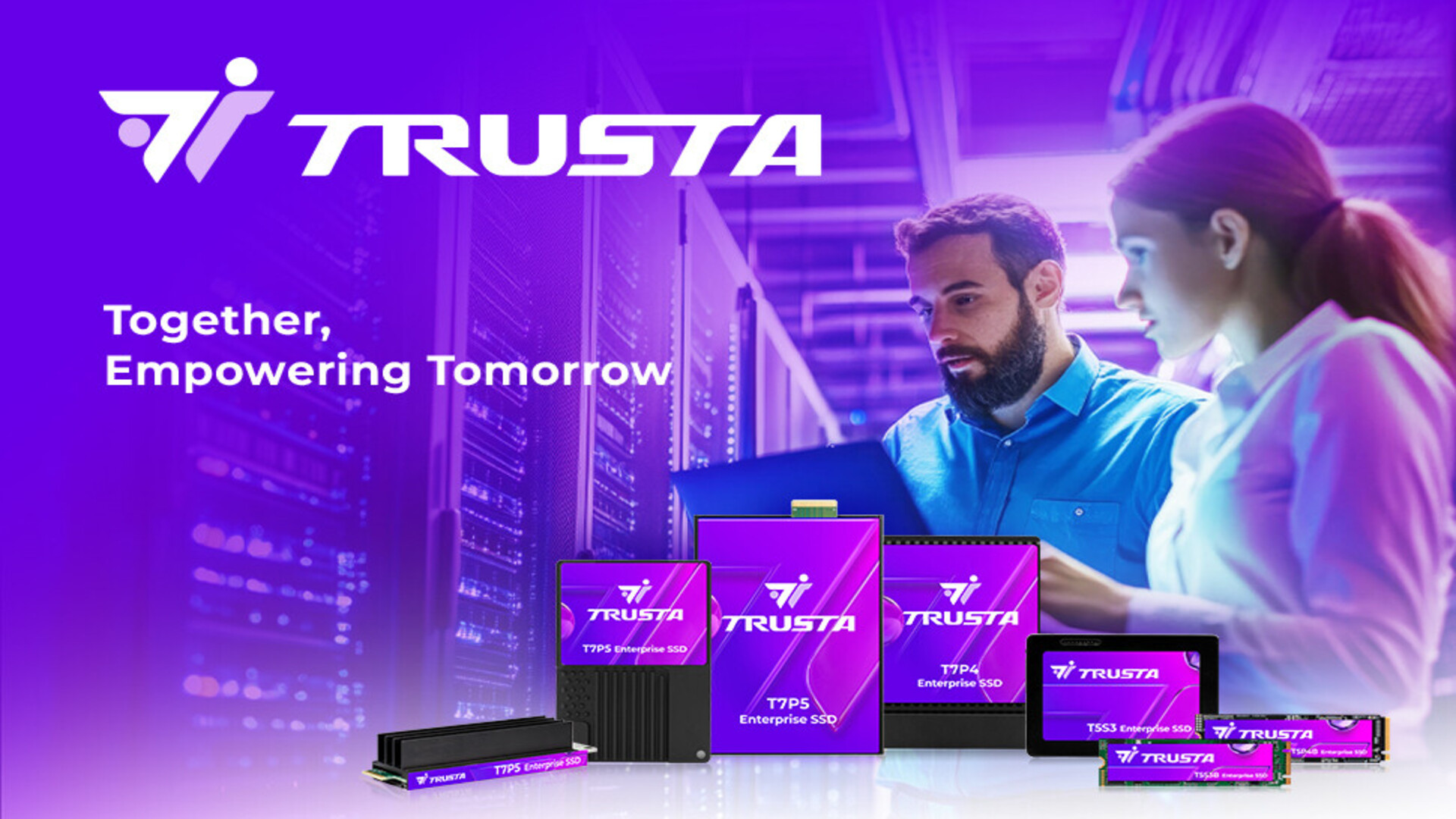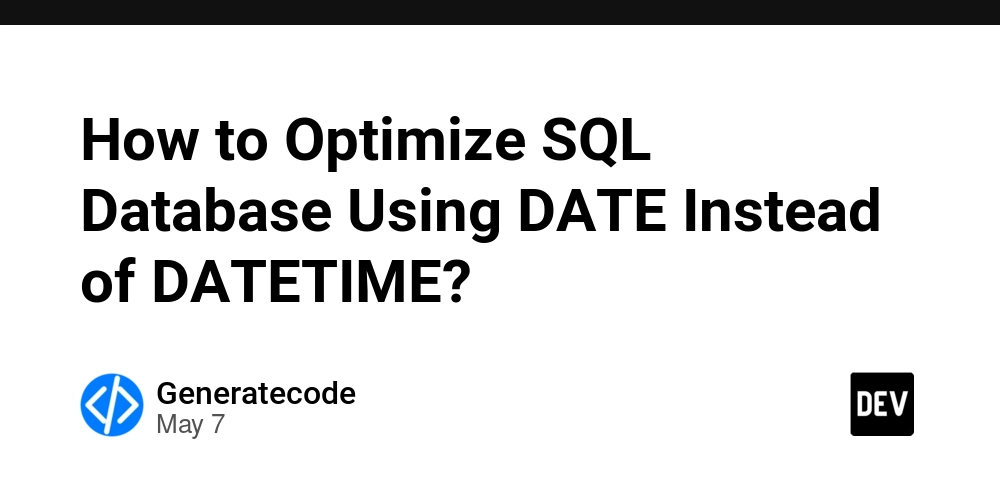Exporting and Summarizing PDF Annotations
Exporting and Summarizing PDF Annotations After a thorough document review process, the valuable feedback contained in PDF annotations often needs to be extracted, organized, and shared beyond the PDF itself. Exporting and summarizing annotations allows teams to create actionable task lists, generate comprehensive review reports, and maintain accessible records of document feedback without requiring access to the original annotated PDF. This comprehensive guide explores methods and best practices for exporting, summarizing, and leveraging PDF annotations for maximum value in various workflows. Understanding Annotation Export Needs Before diving into specific techniques, let's understand the value and applications of annotation export: The Value of Annotation Export and Summary Workflow Integration Benefits: Transform annotations into actionable tasks Create accessible feedback summaries Generate formal review documentation Integrate comments with other systems Preserve feedback independent of the PDF Communication Advantages: Share feedback with non-PDF users Create executive summaries of reviews Provide focused feedback extracts Generate client-ready reports Produce meeting-friendly summaries Documentation and Record-Keeping: Maintain historical review records Create searchable feedback archives Document decision rationales Support compliance and audit needs Preserve institutional knowledge Common Annotation Export Scenarios Task and Action Item Extraction: Converting comments to task lists Creating revision action plans Generating implementation checklists Assigning feedback to team members Tracking completion of requested changes Review Documentation: Formal review reports Client approval documentation Compliance verification records Quality assurance documentation Decision justification records Knowledge Management: Feedback pattern analysis Best practice documentation Common issue identification Process improvement insights Training and reference materials Basic Annotation Export Methods Fundamental approaches to extracting PDF annotations: Built-in PDF Reader Export Options Adobe Acrobat Export Features: Comment summary generation Export to Word functionality PDF with comments export Data file export (FDF/XFDF) Filter and sort before export Other PDF Reader Capabilities: Foxit PhantomPDF export options PDF-XChange comment extraction Nitro Pro summary generation BlueBeam review summary features Comparison of capabilities and limitations Format Considerations: PDF summary documents Word/text document export Spreadsheet formats Data file formats (FDF/XFDF) HTML and web formats Using RevisePDF for Annotation Export Export Features Overview: Visit RevisePDF.com Upload your annotated PDF Access the comment export tools Select desired export format Configure export options Available Export Formats: PDF summary reports Excel/CSV data export Text summary documents Filtered comment extracts Custom report formats Export Configuration Options: Include/exclude specific comment types Filter by author or date Sort and organize output Include context snippets Configure formatting and layout Manual Extraction Approaches Copy and Paste Methods: Using comment panel for selection Creating structured documents manually Organizing by page or topic Adding context and explanations Creating custom formats Screenshot and Capture Techniques: Visual documentation of annotations Capturing context with comments Creating visual summary documents Combining with explanatory text Developing presentation materials Dictation and Transcription: Reading and recording comments Transcribing audio summaries Creating narrative summaries Developing explanatory overviews Producing accessible alternatives Creating Effective Annotation Summaries Strategies for organizing and presenting extracted annotations: Summary Organization Approaches Page-Based Organization: Sequential page-by-page summaries Page number references Document flow preservation Context maintenance Complete coverage verification Category and Theme Grouping: Organizing by comment type Grouping by subject or theme Clustering related feedback Creating logical feedback categories Developing topic-based summaries Priority and Importance Structuring: Critical issues highlighting Severity-based organization Action priority sequencing Impact-based grouping Urgency classification Effective Summary Formatting Clear Identification Elements: Page and location references Author attribution Timestamp information Comment type indication Status and resolution notes Context Preservation: Including text snippets Providing document references Adding section headings Maintaining hierarchical relationships Preserving visual context when needed Visual Organi
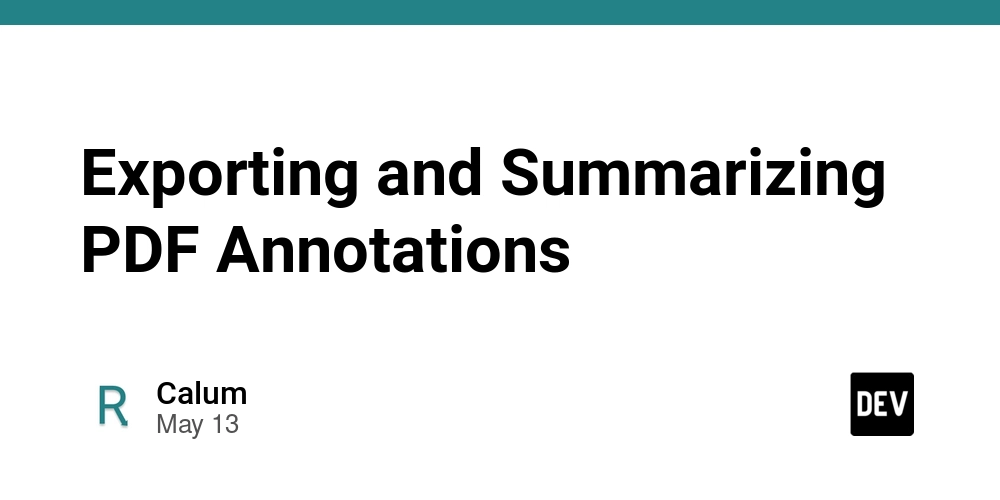
Exporting and Summarizing PDF Annotations
After a thorough document review process, the valuable feedback contained in PDF annotations often needs to be extracted, organized, and shared beyond the PDF itself. Exporting and summarizing annotations allows teams to create actionable task lists, generate comprehensive review reports, and maintain accessible records of document feedback without requiring access to the original annotated PDF.
This comprehensive guide explores methods and best practices for exporting, summarizing, and leveraging PDF annotations for maximum value in various workflows.
Understanding Annotation Export Needs
Before diving into specific techniques, let's understand the value and applications of annotation export:
The Value of Annotation Export and Summary
-
Workflow Integration Benefits:
- Transform annotations into actionable tasks
- Create accessible feedback summaries
- Generate formal review documentation
- Integrate comments with other systems
- Preserve feedback independent of the PDF
-
Communication Advantages:
- Share feedback with non-PDF users
- Create executive summaries of reviews
- Provide focused feedback extracts
- Generate client-ready reports
- Produce meeting-friendly summaries
-
Documentation and Record-Keeping:
- Maintain historical review records
- Create searchable feedback archives
- Document decision rationales
- Support compliance and audit needs
- Preserve institutional knowledge
Common Annotation Export Scenarios
-
Task and Action Item Extraction:
- Converting comments to task lists
- Creating revision action plans
- Generating implementation checklists
- Assigning feedback to team members
- Tracking completion of requested changes
-
Review Documentation:
- Formal review reports
- Client approval documentation
- Compliance verification records
- Quality assurance documentation
- Decision justification records
-
Knowledge Management:
- Feedback pattern analysis
- Best practice documentation
- Common issue identification
- Process improvement insights
- Training and reference materials
Basic Annotation Export Methods
Fundamental approaches to extracting PDF annotations:
Built-in PDF Reader Export Options
-
Adobe Acrobat Export Features:
- Comment summary generation
- Export to Word functionality
- PDF with comments export
- Data file export (FDF/XFDF)
- Filter and sort before export
-
Other PDF Reader Capabilities:
- Foxit PhantomPDF export options
- PDF-XChange comment extraction
- Nitro Pro summary generation
- BlueBeam review summary features
- Comparison of capabilities and limitations
-
Format Considerations:
- PDF summary documents
- Word/text document export
- Spreadsheet formats
- Data file formats (FDF/XFDF)
- HTML and web formats
Using RevisePDF for Annotation Export
-
Export Features Overview:
- Visit RevisePDF.com
- Upload your annotated PDF
- Access the comment export tools
- Select desired export format
- Configure export options
-
Available Export Formats:
- PDF summary reports
- Excel/CSV data export
- Text summary documents
- Filtered comment extracts
- Custom report formats
-
Export Configuration Options:
- Include/exclude specific comment types
- Filter by author or date
- Sort and organize output
- Include context snippets
- Configure formatting and layout
Manual Extraction Approaches
-
Copy and Paste Methods:
- Using comment panel for selection
- Creating structured documents manually
- Organizing by page or topic
- Adding context and explanations
- Creating custom formats
-
Screenshot and Capture Techniques:
- Visual documentation of annotations
- Capturing context with comments
- Creating visual summary documents
- Combining with explanatory text
- Developing presentation materials
-
Dictation and Transcription:
- Reading and recording comments
- Transcribing audio summaries
- Creating narrative summaries
- Developing explanatory overviews
- Producing accessible alternatives
Creating Effective Annotation Summaries
Strategies for organizing and presenting extracted annotations:
Summary Organization Approaches
-
Page-Based Organization:
- Sequential page-by-page summaries
- Page number references
- Document flow preservation
- Context maintenance
- Complete coverage verification
-
Category and Theme Grouping:
- Organizing by comment type
- Grouping by subject or theme
- Clustering related feedback
- Creating logical feedback categories
- Developing topic-based summaries
-
Priority and Importance Structuring:
- Critical issues highlighting
- Severity-based organization
- Action priority sequencing
- Impact-based grouping
- Urgency classification
Effective Summary Formatting
-
Clear Identification Elements:
- Page and location references
- Author attribution
- Timestamp information
- Comment type indication
- Status and resolution notes
-
Context Preservation:
- Including text snippets
- Providing document references
- Adding section headings
- Maintaining hierarchical relationships
- Preserving visual context when needed
-
Visual Organization Techniques:
- Using tables for structured presentation
- Implementing color coding
- Creating visual hierarchy
- Using icons and symbols
- Developing consistent visual language
Summary Types for Different Needs
-
Comprehensive Documentation:
- Complete comment extraction
- Full context inclusion
- Detailed attribution
- Comprehensive organization
- Complete reference documentation
-
Executive Summaries:
- Key issues focus
- Concise presentation
- Action-oriented content
- Decision-supporting format
- Strategic perspective emphasis
-
Action and Task Lists:
- Implementation focus
- Assignment-ready format
- Clear responsibility designation
- Deadline and priority inclusion
- Progress tracking capability
Advanced Annotation Processing
Sophisticated approaches for maximum annotation value:
Filtering and Focusing Techniques
-
Selective Export Strategies:
- Filtering by comment type
- Author-specific extraction
- Date range selection
- Status-based filtering
- Keyword and content filtering
-
Targeted Summary Creation:
- Audience-specific extracts
- Purpose-oriented summaries
- Role-based comment filtering
- Department-specific extracts
- Project phase relevance filtering
-
Using RevisePDF for Focused Export:
- Configure advanced filtering options
- Create custom export templates
- Save filtering presets
- Generate targeted reports
- Develop audience-specific outputs
Analysis and Insight Development
-
Comment Pattern Identification:
- Frequency analysis of issues
- Common feedback recognition
- Recurring theme identification
- Problem area highlighting
- Improvement opportunity recognition
-
Quantitative Analysis Approaches:
- Comment volume metrics
- Issue type distribution
- Reviewer activity analysis
- Resolution rate tracking
- Trend identification over time
-
Qualitative Insight Development:
- Identifying underlying issues
- Recognizing root causes
- Developing improvement hypotheses
- Creating strategic recommendations
- Generating process enhancement ideas
Custom Report Development
-
Tailored Report Templates:
- Creating purpose-specific formats
- Developing consistent layouts
- Implementing organizational standards
- Designing role-specific reports
- Building workflow-integrated templates
-
Combining Annotations with Other Data:
- Integrating with document metadata
- Incorporating project information
- Adding contextual business data
- Including historical information
- Developing comprehensive reporting
-
Interactive and Dynamic Reports:
- Creating filterable digital reports
- Developing expandable sections
- Implementing drill-down capabilities
- Building navigable summaries
- Designing user-controlled views
Integration with Workflows and Systems
Connecting annotation exports to broader processes:
Task and Project Management Integration
-
Converting Annotations to Tasks:
- Structured task extraction
- Assignment information inclusion
- Priority and deadline addition
- Dependency identification
- Status tracking preparation
-
Project Management Tool Connection:
- Import formats for popular tools
- API-based integration
- Automated task creation
- Status synchronization
- Progress tracking linkage
-
Implementation with RevisePDF:
- Export in project tool-compatible formats
- Create structured task exports
- Generate assignable action items
- Develop workflow-ready outputs
- Build integration-friendly extracts
Document Management System Integration
-
Metadata and Indexing:
- Creating searchable annotation records
- Developing metadata-rich exports
- Building indexed annotation archives
- Linking to document versions
- Establishing relationship documentation
-
Version Control and History:
- Connecting annotations to versions
- Creating progressive feedback records
- Documenting evolution through comments
- Establishing decision trails
- Building comprehensive history
-
Compliance and Records Management:
- Creating audit-ready documentation
- Developing compliant review records
- Building traceable decision documentation
- Establishing verification records
- Maintaining regulatory-ready archives
Custom Workflow Integration
-
API and Automation Approaches:
- Developing programmatic export
- Creating automated workflows
- Building custom integrations
- Implementing scheduled exports
- Developing triggered summaries
-
Email and Communication Integration:
- Generating shareable summaries
- Creating email-ready reports
- Developing notification content
- Building status update materials
- Producing communication-optimized extracts
-
Review and Approval Workflows:
- Creating approval documentation
- Developing sign-off records
- Building verification materials
- Establishing compliance documentation
- Producing audit-ready summaries
Industry-Specific Annotation Export
Tailored approaches for different professional contexts:
Legal and Compliance Documentation
-
Contract Review Documentation:
- Clause-specific comment extraction
- Negotiation point documentation
- Risk assessment summaries
- Decision rationale records
- Approval and sign-off documentation
-
Regulatory Submission Records:
- Compliance verification documentation
- Regulatory response records
- Submission preparation materials
- Authority feedback documentation
- Remediation verification records
-
Legal Process Documentation:
- Review trail documentation
- Due diligence records
- Expert input documentation
- Decision justification records
- Approval and authorization documentation
Design and Creative Review Documentation
-
Design Feedback Summaries:
- Visual context preservation
- Design element-specific organization
- Iteration tracking documentation
- Visual reference inclusion
- Implementation guidance extraction
-
Client Approval Documentation:
- Feedback incorporation verification
- Change request documentation
- Approval decision records
- Revision history documentation
- Sign-off certification
-
Brand and Style Compliance:
- Compliance verification records
- Exception documentation
- Brand guideline reference
- Consistency verification
- Approval authority documentation
Technical Documentation and Product Development
-
Technical Accuracy Verification:
- Expert review documentation
- Technical correction records
- Accuracy verification documentation
- Standard compliance verification
- Implementation requirement extraction
-
User Experience Feedback:
- Usability issue extraction
- User perspective documentation
- Accessibility feedback organization
- Experience improvement requirements
- User testing documentation
-
Development Requirement Extraction:
- Technical specification extraction
- Implementation requirement documentation
- Bug and issue records
- Feature enhancement requests
- Priority and severity documentation
Best Practices for Annotation Export
Guidelines for effective extraction and summarization:
Preparation for Effective Export
-
Pre-Export Organization:
- Organize comments before export
- Resolve duplicate or conflicting feedback
- Complete status updates
- Finalize important comments
- Prepare filtering strategy
-
Annotation Standardization:
- Consistent comment formatting
- Standard naming conventions
- Uniform status indicators
- Clear category designation
- Proper attribution completion
-
Export Planning:
- Identify target audience
- Determine required format
- Plan organization approach
- Consider integration needs
- Establish purpose and scope
Quality and Usability Considerations
-
Context Preservation:
- Include sufficient document context
- Maintain reference to original location
- Preserve relationships between comments
- Include relevant document sections
- Provide navigation aids to original
-
Clarity and Completeness:
- Ensure all necessary information is included
- Verify comment attribution
- Check for missing context
- Confirm accurate organization
- Validate comprehensive coverage
-
Accessibility and Usability:
- Create accessible formats
- Ensure readable organization
- Provide navigation aids
- Consider audience technical capabilities
- Test with intended users
Maintaining Annotation Value
-
Version Control and Archiving:
- Clear version identification
- Systematic archive organization
- Consistent naming conventions
- Appropriate retention policies
- Accessible storage solutions
-
Feedback Loop Completion:
- Document implementation decisions
- Record resolution approaches
- Create response documentation
- Establish verification records
- Maintain comprehensive feedback history
-
Knowledge Management Integration:
- Connect to organizational learning
- Identify reusable insights
- Develop best practice documentation
- Create training materials
- Build institutional knowledge
Using RevisePDF for Advanced Export
Leveraging online tools for sophisticated annotation processing:
Advanced Export Features
-
Custom Export Configuration:
- Configure detailed export settings
- Create organization templates
- Develop filtering presets
- Build custom report formats
- Save export configurations
-
Format and Presentation Options:
- Select from multiple output formats
- Configure visual presentation
- Customize data inclusion
- Set organization parameters
- Control detail level and focus
-
Batch and Automated Processing:
- Process multiple documents
- Schedule regular exports
- Create automated summaries
- Develop consistent outputs
- Implement standardized processing
Integration Capabilities
-
Data Export Options:
- Generate structured data formats
- Create integration-ready outputs
- Develop API-compatible exports
- Build system-specific formats
- Produce automation-friendly data
-
Workflow Connection:
- Link to project management tools
- Connect with document systems
- Integrate with communication platforms
- Build approval workflow connections
- Develop custom process integration
-
Collaboration Features:
- Share export results directly
- Collaborate on summary development
- Create team-accessible exports
- Develop shared knowledge resources
- Build collective intelligence
Enterprise-Level Capabilities
-
Organization-Wide Standards:
- Implement consistent export formats
- Develop standard templates
- Create organization-specific presets
- Build compliant export processes
- Establish enterprise conventions
-
Security and Compliance:
- Implement appropriate access controls
- Develop compliant export processes
- Create audit-ready documentation
- Build secure sharing mechanisms
- Establish appropriate retention
-
Analytics and Reporting:
- Generate usage statistics
- Create activity reports
- Develop process metrics
- Build performance analytics
- Establish continuous improvement
Conclusion
Exporting and summarizing PDF annotations transforms document feedback from isolated comments into actionable, shareable, and integrated information assets. By implementing effective export strategies, organizations can maximize the value of document reviews, create comprehensive documentation, and integrate feedback into broader workflows and systems.
Whether you need simple comment extraction or sophisticated annotation analysis, the approaches outlined in this guide can help you develop effective processes for leveraging the valuable information contained in PDF annotations. Remember that the most successful annotation export strategies balance comprehensive information capture with focused, audience-appropriate presentation.
Tools like RevisePDF make annotation export and summarization accessible to everyone, providing powerful features for extracting, organizing, and sharing PDF comments without specialized software. By leveraging these capabilities and implementing thoughtful export processes, you can transform document annotations from temporary feedback into valuable organizational assets.
Need to export and summarize PDF annotations effectively? Visit RevisePDF.com for easy-to-use tools that help you extract, organize, and share document feedback without specialized software or technical expertise.




































































































































































![[The AI Show Episode 147]: OpenAI Abandons For-Profit Plan, AI College Cheating Epidemic, Apple Says AI Will Replace Search Engines & HubSpot’s AI-First Scorecard](https://www.marketingaiinstitute.com/hubfs/ep%20147%20cover.png)













































































































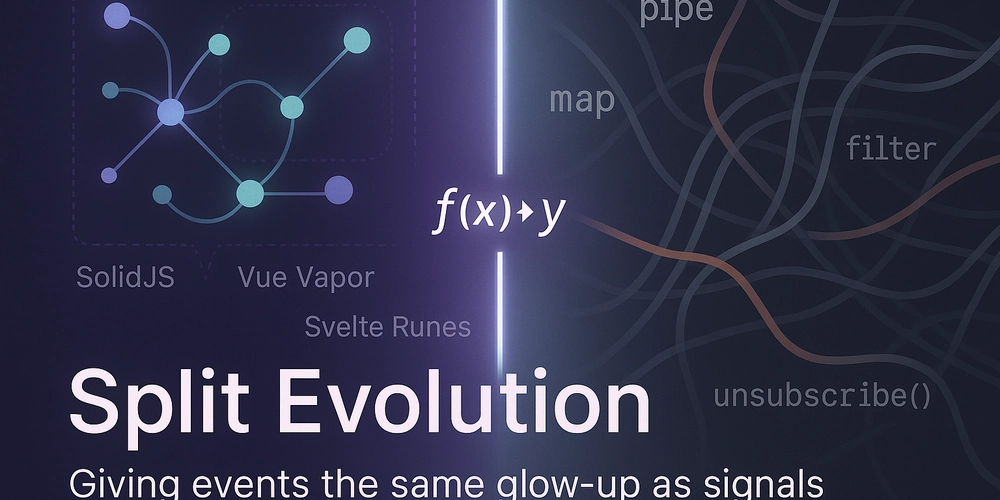


















































































![Legends Reborn tier list of best heroes for each class [May 2025]](https://media.pocketgamer.com/artwork/na-33360-1656320479/pg-magnum-quest-fi-1.jpeg?#)


































































_KristofferTripplaar_Alamy_.jpg?width=1280&auto=webp&quality=80&disable=upscale#)






























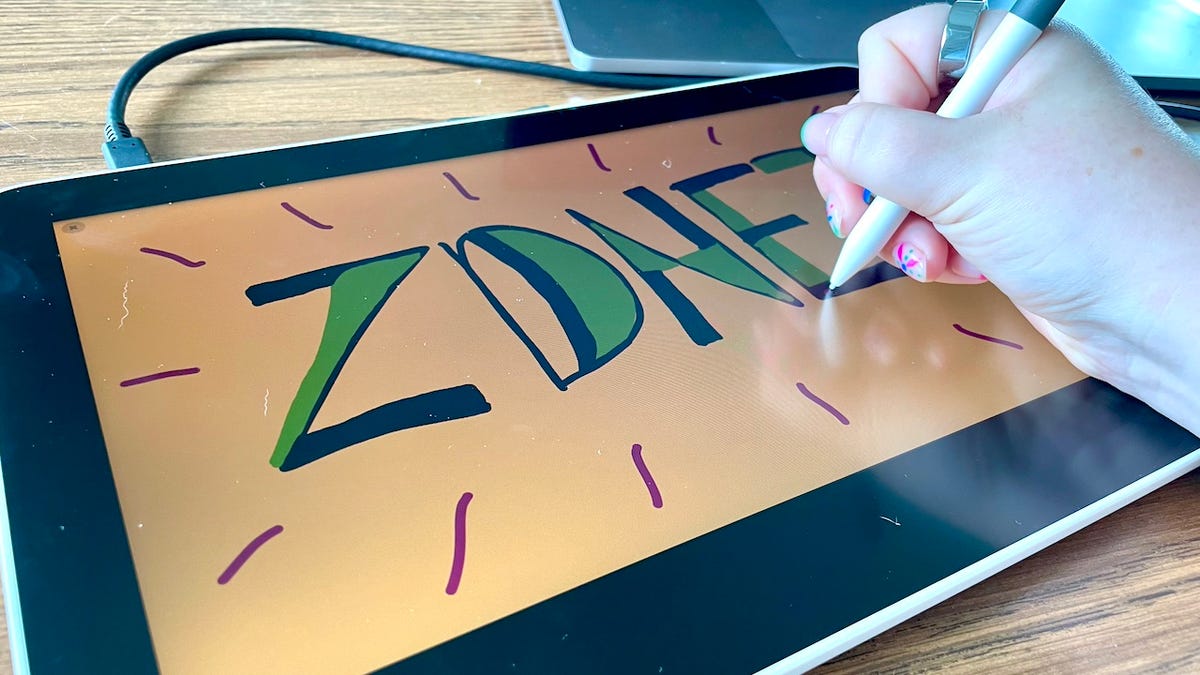





















































-xl.jpg)






![[Open Thread] Android 16 is just weeks away, but has it met your early expectations?](https://www.androidauthority.com/wp-content/uploads/2025/03/android-16-logo-outside-hero-1-scaled.jpeg)























![Vision Pro May Soon Let You Scroll With Your Eyes [Report]](https://www.iclarified.com/images/news/97324/97324/97324-640.jpg)
![Apple's 20th Anniversary iPhone May Feature Bezel-Free Display, AI Memory, Silicon Anode Battery [Report]](https://www.iclarified.com/images/news/97323/97323/97323-640.jpg)



















